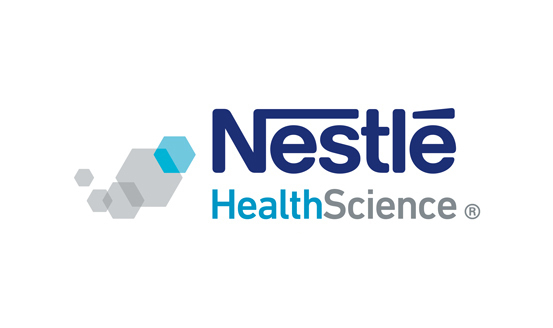
Our factories are now zero-waste-to-landfill
We have achieved an important step in our sustainability journey: all of our factories are now zero-waste-to-landfill.
What does that mean?
Everything that comes into our factories around the world is reduced, reused, recycled or recovered.
- Reduced: Making determined choices about what comes into the factory
- Reused: Repurposing whenever possible
- Recycled: Giving items a second life
- Recovered: Converting things into energy
What difference does it make?
In the past, just one of our factories could send up to 200 tons of waste to the landfill per year -- about the same weight as 115 cars. That’s a lot of waste unnecessarily ending up in landfill. We decided that we could and should do better: a healthier planet is all of our responsibility.
How did we do it?
Planning, creativity and dedication of Nestlé Health Science and employees. We’re choosier about what comes into our factories, we’ve made it easier for employees to recycle and reuse items, and we’ve invested in systems for energy recovery.
What else is Nestlé Health Science doing for the environment?
- Removed single-use plastics from all of our sites, from offices to factories to distribution centers. No more plastic cups, straws, forks, and more.
- Reduced greenhouse gas emissions in our factories by 53% over the past 10 years and reduced our factories’ water usage by 31%.
- No more plastic straws on our products in Europe, eliminating 100 million straws
What’s next?
All of our factories are continually working towards reduced greenhouse gas emissions, working toward Nestlé’s goal of net zero by 2050. A first important step will be switching to 100% renewal electricity by 2025.
